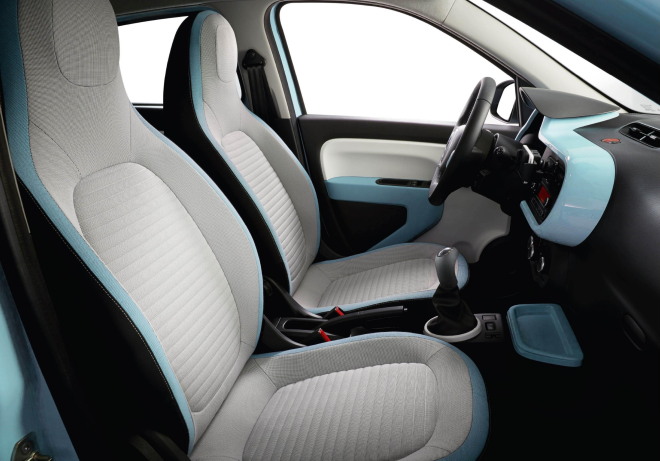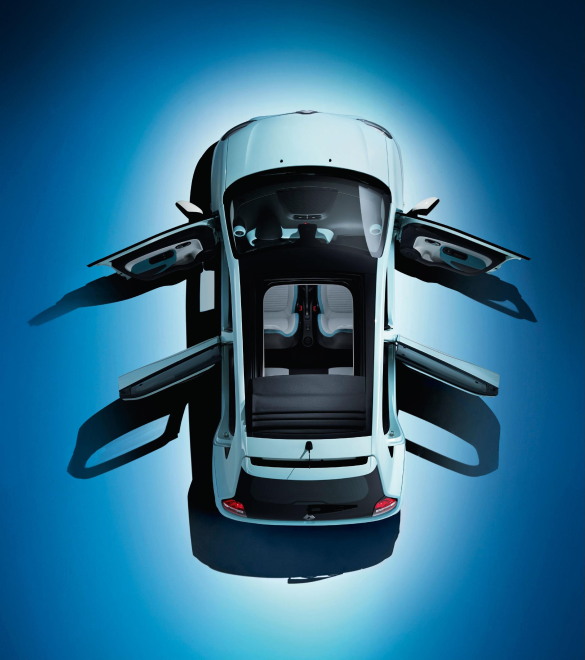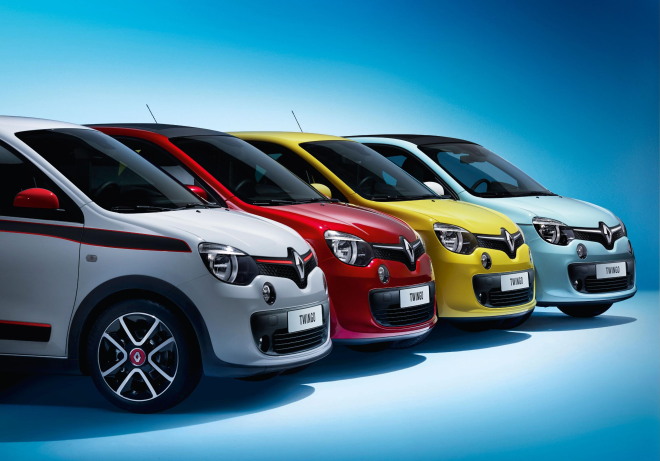French car maker Renault bucks the city car trend with the new Twingo, says Iain Dooley
 RENAULT’S latest-generation Twingo is all back to front: the engine’s in the boot and drive goes to the rear wheels. Confused? You shouldn’t be, because the French firm’s logic is surprisingly sound.
RENAULT’S latest-generation Twingo is all back to front: the engine’s in the boot and drive goes to the rear wheels. Confused? You shouldn’t be, because the French firm’s logic is surprisingly sound.
This new Twingo might buck convention in city car circles, but the upshot to everything not being where it should be is a more spacious cabin and improved refinement.
The French firm has a long and largely successful history when it comes to small cars.
Right from the start, the first-gen Twingo nailed it in terms of space, ease of use, affordability and fun to drive attributes. With this more polished approach, Renault hopes this latest model can do the business 20-odd years later.
‘Short but tall’ is the new black when it comes to city cars these days. The Twingo is no different, and its lofty stance yet compact footprint allow it to squeeze into some seriously tight spaces, yet afford occupants a good amount of cabin space and comfort.
And then there’s the name. Don’t underestimate the power of the Twingo brand. Historically the cars have benefited from a large take-up in mainland Europe and, predictably, you’re tripping over them in France.
 There is a reason why the Twingo’s engine is in the boot, and it isn’t to excite keen drivers.
There is a reason why the Twingo’s engine is in the boot, and it isn’t to excite keen drivers.
No, the logic behind the rear engine and rear-wheel-drive lay-out was to liberate more
cabin space.
And it’s no gimmick, as Renault’s engineers have shaved 10 cm off the previous car’s
length yet have been able to extend this car’s wheelbase by 12 cm to ensure that this fivedoor car is a genuine four-seater – just.
Furthermore, you can fold the rear seats and, if you pick the right option, fold the front
passenger seat forwards to liberate a whopping 2.3 metres of load space. Try doing that in an average supermini.
With no engine up front, the Twingo’s modest fascia is less bulky than normal. This in
turn boosts forward visibility. And with no front driveshafts present, the car’s turning
circle is smaller than anything else in its class. What the Twingo is not is a tail-happy
hooligan, as Renault’s engineers have set the car up to be refined, benign and easy to drive.
The result is a car with a decent ride, slick manual gear change and accurate steering.
Like the car, engine choice is equally compact. The flagship 0.9-litre turbocharged three-cylinder petrol motor also powers the Clio, but for the Twingo, this 90 horsepower motor has been modified so it fits under the boot floor.
The result is a punchy response and ample power, even for modest motorway trips. The engine fitted to all bar the top trim is a 70 horsepower non-turbo 1.0-litre unit, which
delvers an equally refined performance at low speeds but does need to be pedalled harder out of town.
 This latest Twingo is no hair shirt econo-box, so don’t expect Tata Nano rock bottom prices. You’re looking at £11,000-plus for the high power model, although this does
This latest Twingo is no hair shirt econo-box, so don’t expect Tata Nano rock bottom prices. You’re looking at £11,000-plus for the high power model, although this does
come with enough kit to embarrass a supermini from the class above.
In reality, the more popular 70 hp cars at a shade under £10,000 strike a better balance of affordability and luxury, with all the safety basics covered plus DAB radio and midrange
models adding air-con.
Want a small city car but fancy something a little left field? Renault’s Twingo might do the trick. The car’s unconventional rear engine lay-out has more to do with liberating extra cabin space than replicating the antics of Porsche’s 911, and it’s this approach to practicality that should have savvy buyers beating a path to the dealerships.
Find out more about the All New Twingo 2014
Written for the Jersey Evening Post, 3rd Oct 2014 by Paul Le Conte



